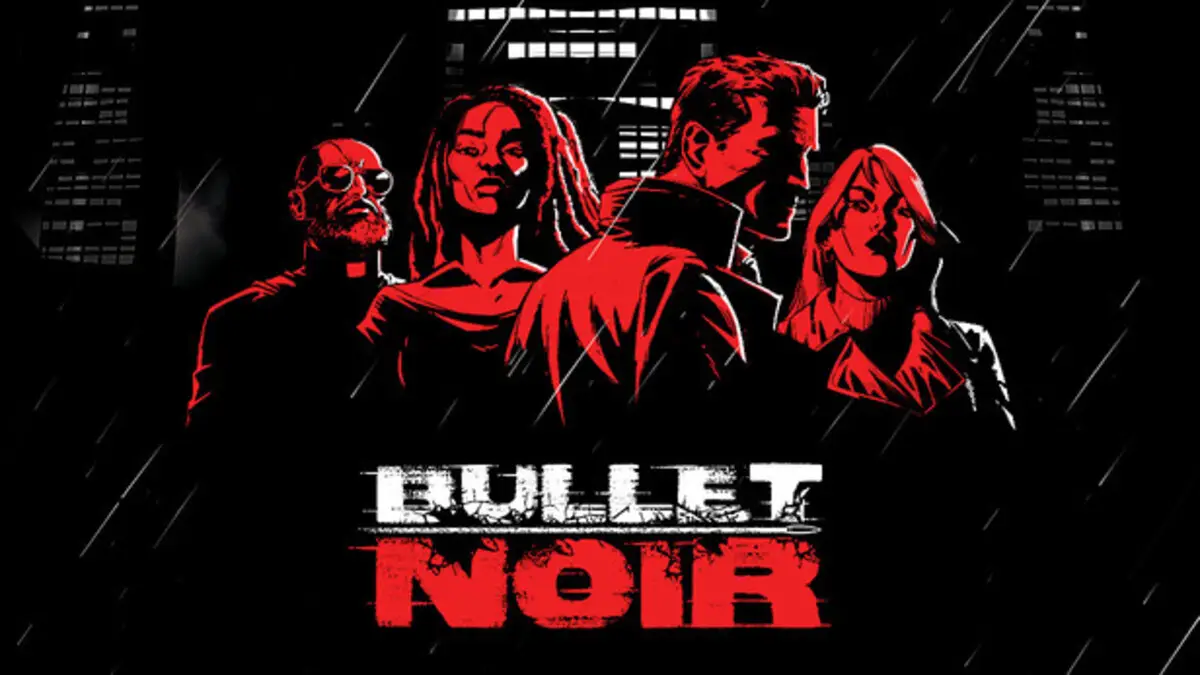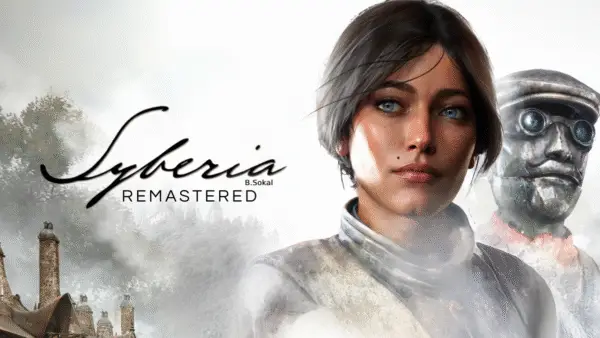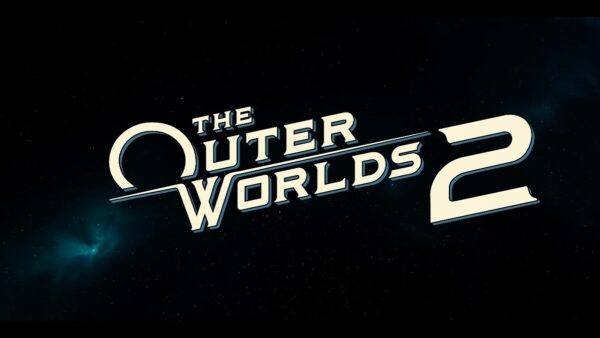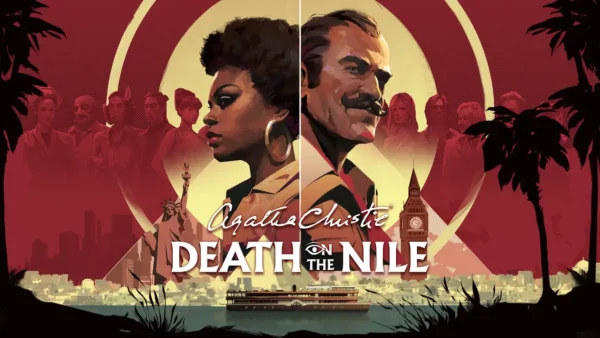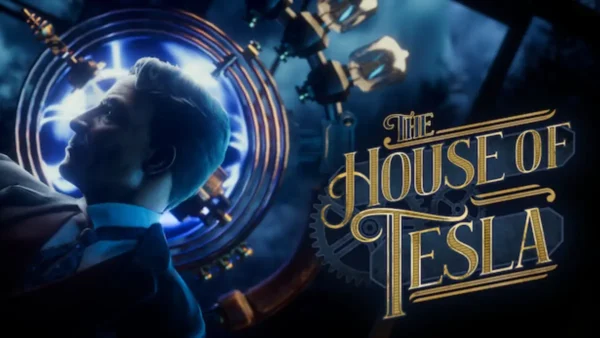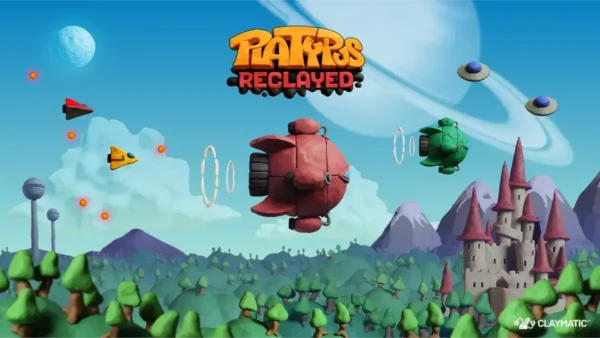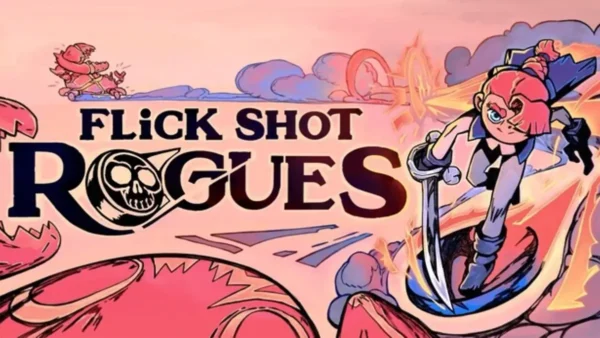Bullet Noir 1.0 is the game’s most complete form: a brand-new chapter that tops the campaign at 35 levels, full controller support with a polished UI, and welcome replay toys like Arcade and Speedrun modes, global leaderboards, and 35 Steam achievements. Localization in English, French, Spanish, Italian, and German widens the net. It is a confident content drop that pushes Bullet Noir from “promising” to “feature-rich,” and for score chasers, it finally feels like a home. With the feature set in place, the question becomes how it feels moment to moment.
This Bullet Noir review is about friction as much as fun. The core hook is simple: one shot, one kill on both sides. I felt on the clock in the best way, like Superhot without the VR gimmick or walking into rooms with John Wick energy. When it works, it really works. When it does not, that friction turns into full frustration. With that framing, the style and cast set the tone.
Style, Story, and Characters
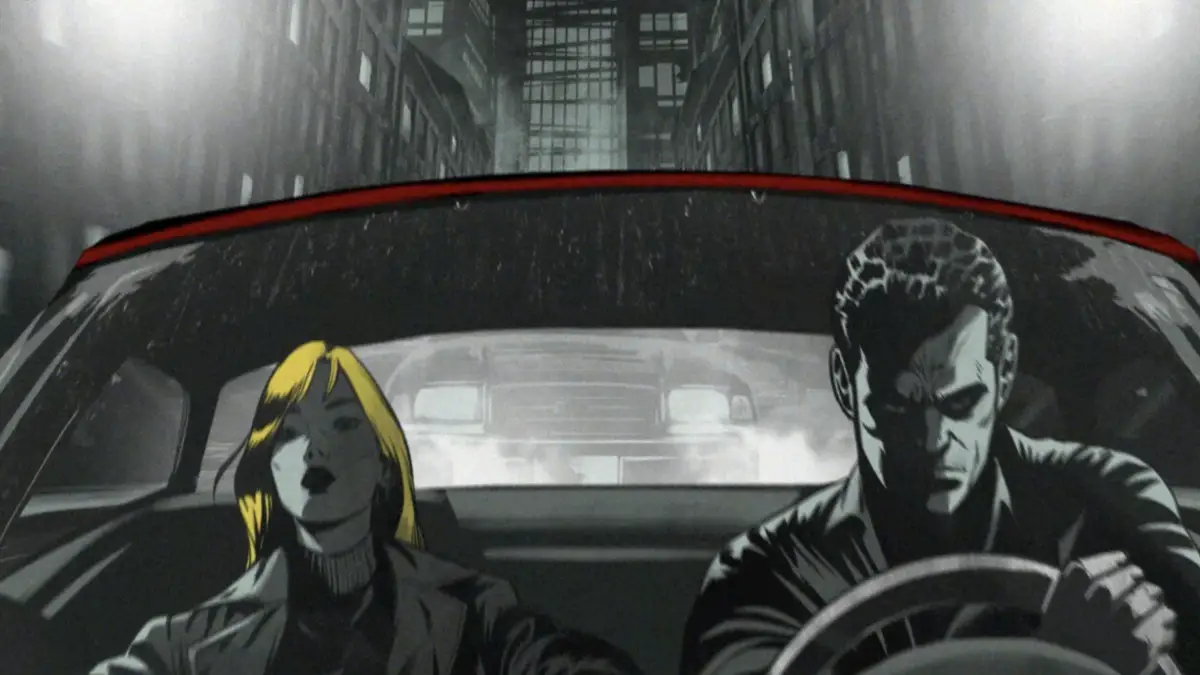
Art Direction
Bullet Noir leans into stark contrasts that feel ripped from a new Sin City movie. Small bursts of color, like a character’s hair or the colored smoke from a gun, pop against the palette and help your eye track key moments. The look sells the mood before the first shot is fired, and it matches the game’s high-stakes pace.
Narrative & Voice
Four archetypes headline the story: The Cop, The Doctor, The Priest, and The Lady. Cutscenes are voice-acted, hammy in places but in a good B-movie way, while in-mission storytelling leans on text. I still enjoyed reading the story between runs, and the comic-panel transitions sell the pulp vibe. The ending feels right. It sets the game up for extra content or a sequel while adding tough late levels. With mood and stakes established, the game shifts toward replay and mastery.
Playable Cast
Four characters may not sound like much, but their weapons, playstyles, and abilities kept me moving through Story, Arcade, and Speedrun. My favorite was The Lady. Her fast melee is perfect for quick interrupts, and her passive special felt natural because I did not need to trigger it constantly. That kit fits the game’s rhythm and helps maintain long combo strings. From there, the modes and community hooks keep you coming back.
Audio & Voice
The soundtrack delivers what a top-down shooter needs. The beats push you forward without drowning audio cues, and the voice work in cutscenes adds flavor. It is cheesy in spots, but earnest and fitting. With presentation locked in, the next question is how the systems support score chasing.
Replay Systems and Community Hooks
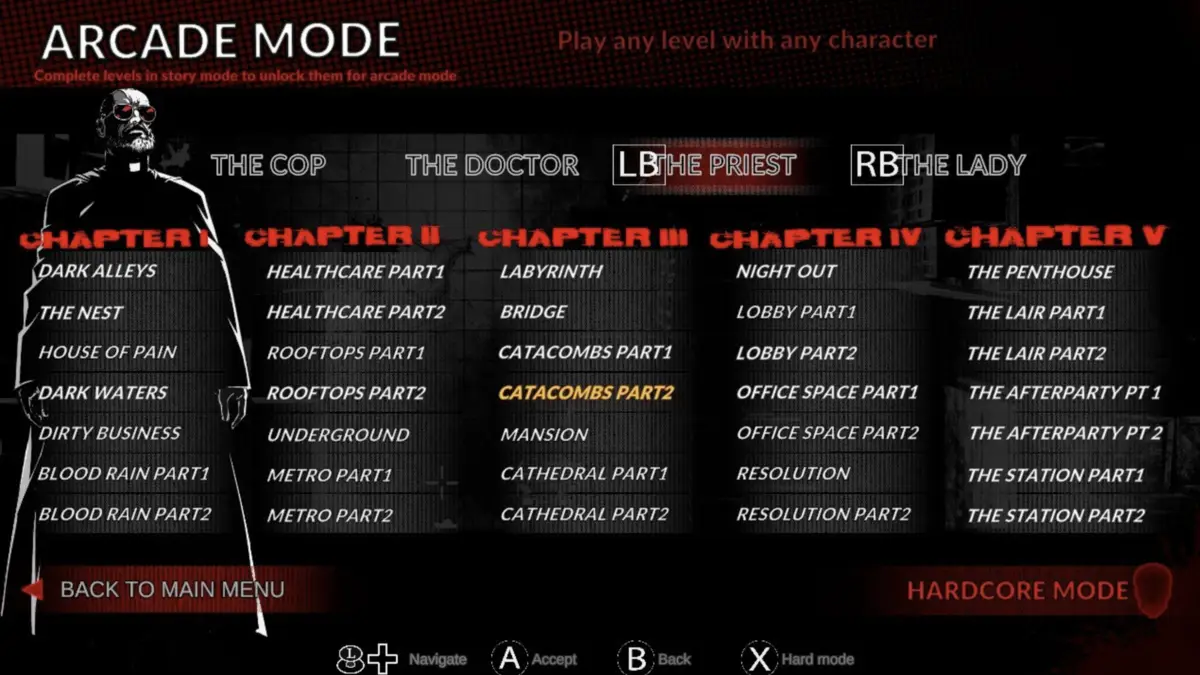
Modes That Feed Replays
Story Mode runs the full campaign and unlocks characters for other modes. Arcade Mode lets you replay chapters with any protagonist to push scores or try a different kit. Speedrun Mode turns the game into a pressure cooker because the timer keeps ticking across deaths. Mastery is not optional. Together with leaderboards and achievements, Bullet Noir 1.0 embraces its identity as a top-down score attack as much as a story shooter.
Score Chasing
When I finally earned my first S rating during my Bullet Noir review, I was super proud. I had died enough on that chapter to learn every enemy position and pulled off a massive combo that pushed me over the line. My first S came on the metro map with The Lady after I memorized spawns and chained a hallway-to-office clear. That loop is the game at its best: learn, route, execute, repeat. To support that loop, levels need to be readable and fair.
Level Design: No Checkpoints, No Mercy
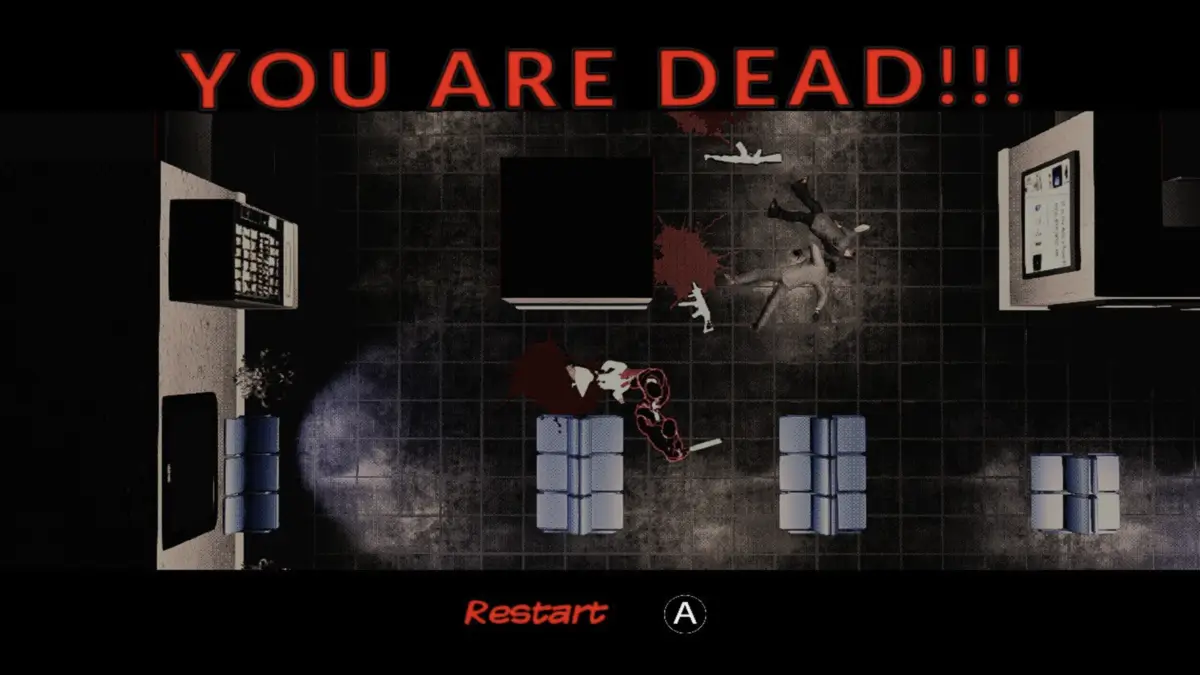
Layout and Flow
Each chapter unfolds in a specific locale, like a hospital wing, a metro platform, or cramped offices. The overhead camera keeps the focus functional rather than flashy. Sightlines, doorways, and tight corners funnel enemies and force fast risk-versus-reward decisions. The big swing is the absence of checkpoints. Die near the end and it is back to square one. On paper it is punishing. In practice it teaches rhythm, enemy placements, and how to weave routes.
Visibility and Fairness
A few choices undercut the flow. Some levels are very dark, which obscures what counts as cover and what bullets will clear. A handful of starts drop you with enemies already in view or with your back turned. I like being thrown into chaos, but with Bullet Noir’s precision demands, these moments can feel cheap rather than exhilarating. Since the design asks a lot, combat feel and input reliability matter even more.
Combat, Controls, and Difficulty Curve
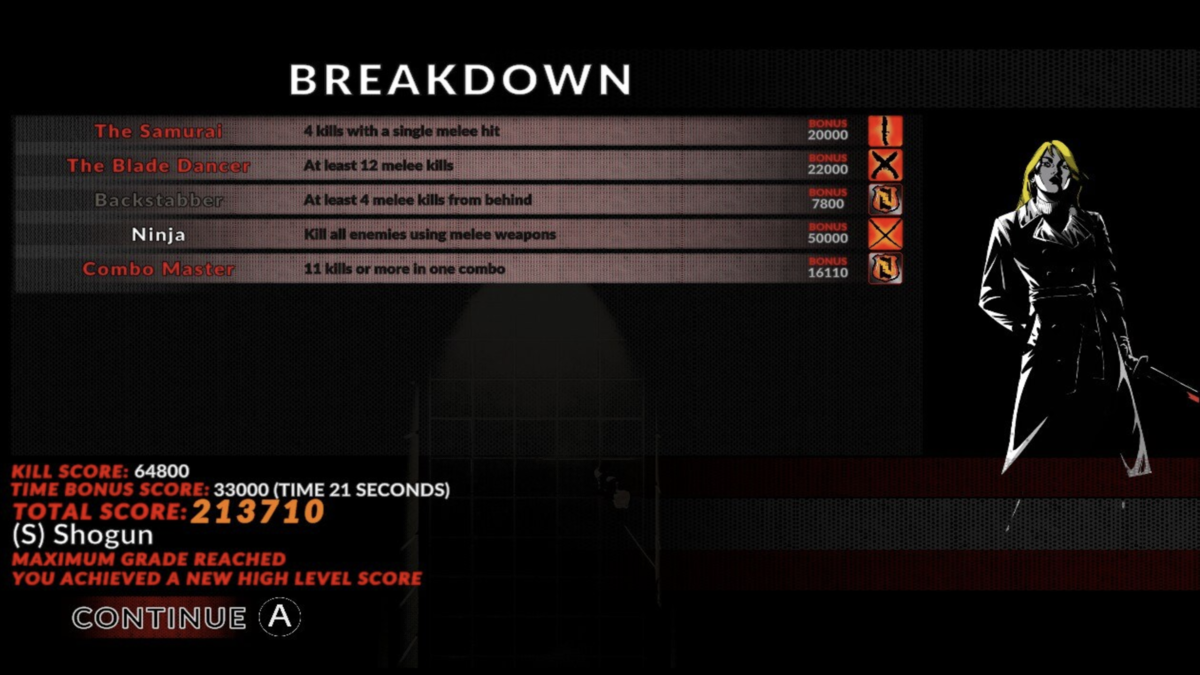
Core Mechanics
The one-shot-one-kill rule applies to you, ranged foes, and melee attackers. You get twin-stick movement and aim, a dedicated melee, lock-on on LB for snap targets, and a character special that shifts the tempo. One hero gets manual bullet-time. Another gains brief slow-mo after a kill. Weapons span pistols, rifles, and shotguns with distinct roles and ammo counts. The shotgun punching through doors and thin cover is reliably satisfying. The baseline is strong; the details decide your run.
Where Things Wobble
These are the problems that stood out most in my Bullet Noir review:
- Cursor distance (controller): On a controller the reticle sits far ahead of your character and cannot be brought closer. That makes micro-adjustments and lock-ons feel finicky, and the game may grab a target behind a wall or miss the rusher in front. With a mouse you can park the cursor much closer to your character for finer control, which alleviates the issue.
- Lock-on reliability: Targets can drop if they leave your cone for a blink. I have had locks that still resulted in a miss.
- Swap timing: Switching to melee is quick. Switching back to your gun has a delay. Misjudge it and you are dead.
- Collision quirks: Shots sometimes fail to clear car hoods or thin cover while enemy rounds do. It is not constant, but you notice.
Enemy Roster and Readability
Basic melee and ranged units, shield brutes, dogs, and nimble ninjas keep the roster varied. I am not a fan of katana users breaking the one-shot rule. Managing them over multiple hits while keeping a combo alive feels off compared to the rest. On the flip side, stationary riot-shield units feel fair. Flanking for a clean back shot is satisfying every time. Readability can slip on darker maps when enemies blend into the environment. I have died to silhouettes I only noticed after the fact. The red outline usually helps, but some lighting setups fight it. AI behavior can also wobble. Sometimes noise pulls a pack. Sometimes it does not. The same setup does not always produce the same response. Those spikes and exceptions shape how confident you feel pushing long combos.
Learning Curve and Flow
All of that feeds the difficulty curve. Bullet Noir wants you to die fast, often, and with purpose. Learn the layout, build routes, and trust your instincts to clear rooms in seconds. The lack of checkpoints raises stakes but also magnifies control issues. String a huge combo only to lose it to a missed lock-on or odd collision and you will hit rage-quit levels. If repetition grates on you, the curve will feel like grind over growth. If you like topping high scores, Bullet Noir is candy. Case in point, when the achievement for dying 100 times popped, I barely noticed. The one for 1,500 kills landed shortly after. Together, those numbers set expectations: lots of death on both sides. With difficulty established, stability and platform performance round out the picture.
Interface, Stability, and Steam Deck
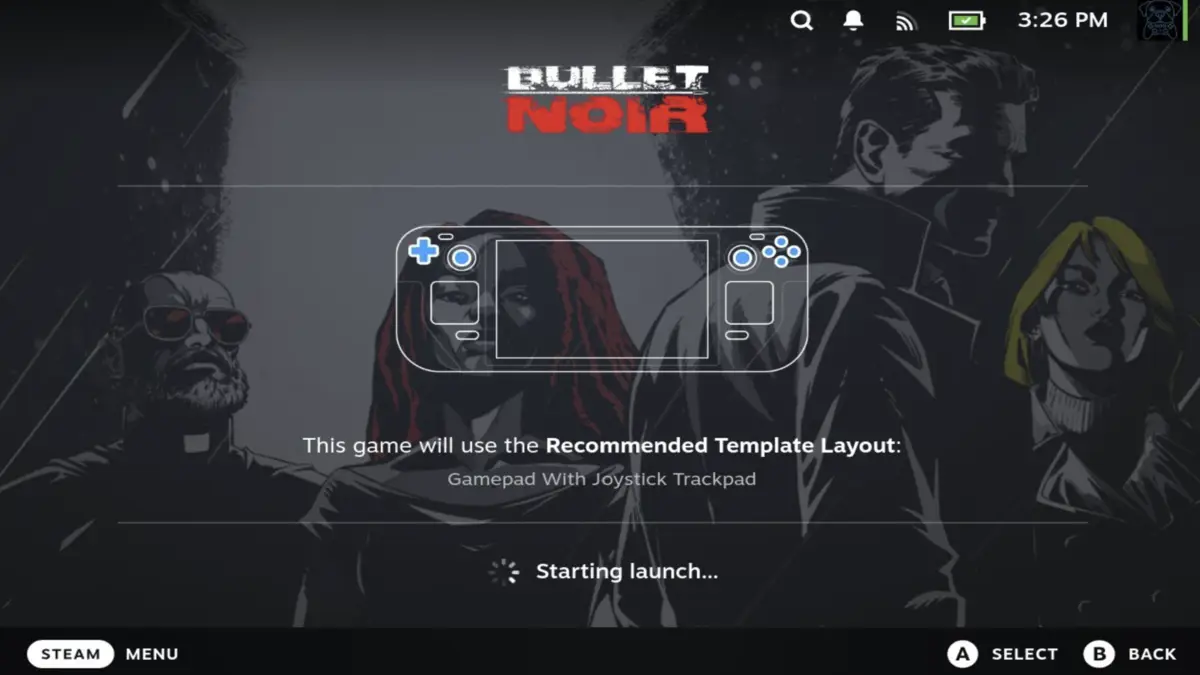
The 1.0 UI polish lands well, and full controller support is welcome. The underlying aiming and lock-on quirks remain. They do not break the game, but they can break a run. I also saw the occasional enemy snag on world geometry. It did not happen often, yet in a one-hit ecosystem a single stumble can end a streak.
The Steam Deck store rating is unknown as of this Bullet Noir review, yet the game runs beautifully on the hardware. I saw a stable frame rate with no noticeable stutter, hitching, or input latency. Controls feel right at home. I actually preferred the Deck to WASD and mouse; having lock-on on the LB button felt better than clicking the middle mouse, even if the mouse lets you keep the cursor tighter to your character for precision. The twin-stick layout maps cleanly, aiming feels steady, and lock-on is on par with a traditional PC setup. One caveat to note: as of this review there is no cloud saving, so progress does not carry between Deck and PC. Plan to stick to one platform or be ready to start over.
Final Verdict – Is Bullet Noir Worth Playing?
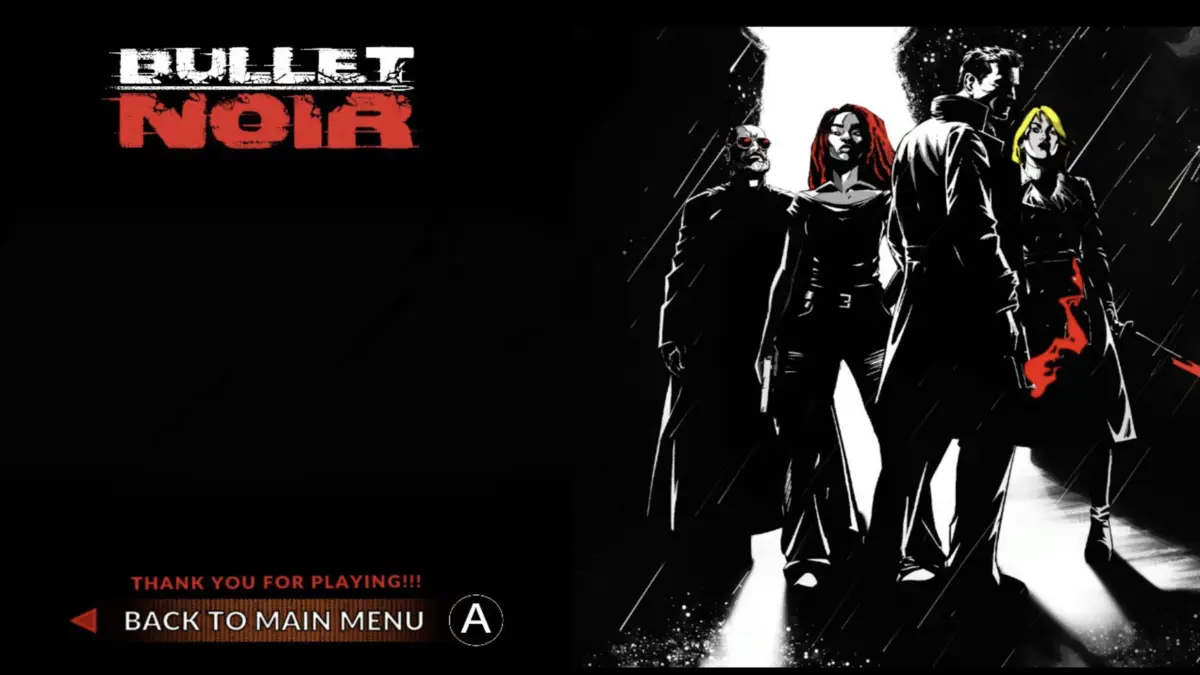
Yes, this Bullet Noir review shows why it is worth playing, especially for score chasers. The 1.0 release delivers the fantasy of storming a room and erasing it in seconds, with Sin City grit, Hotline Miami tempo, and a hint of John Wick precision. The 35-level campaign, four distinct anti-heroes, and replay-friendly modes with leaderboards make it easy to chase bigger combos and better scores. Control quirks linger, especially finicky lock-on and occasional hit logic, and the no-checkpoint design can turn small mistakes into full restarts. Even so, the rush of a clean route and an S rating outweighs the stumbles.

